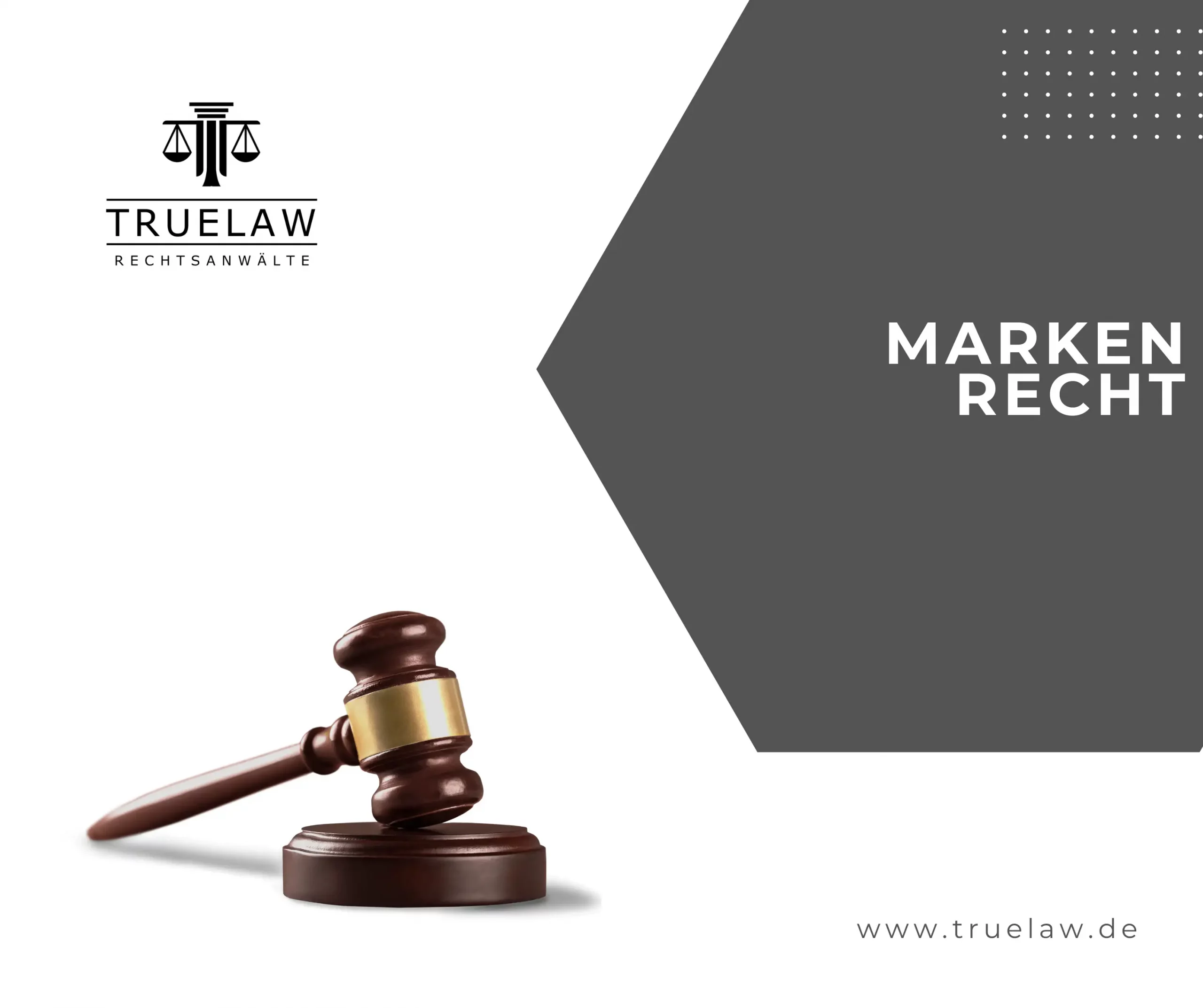A trade mark infringement by an unauthorised third party within the meaning of Section 14 (2) MarkenG exists in particular
- if the third party uses a sign identical with the trade mark for goods or services which are identical with those for which it enjoys protection,
- uses a sign if, due to the identity or similarity of the sign with the trade mark and the identity or similarity of the goods or services covered by the trade mark and the sign, there is a likelihood of confusion on the part of the public, including the likelihood that the sign will be associated with the trade mark, or
- that the sign will be associated with the trade mark, or uses a sign identical with the trade mark or a similar sign for goods or services which are not similar to those for which the trade mark is protected, if the trade mark has a reputation in the territory of the country and the use of the sign without due cause takes unfair advantage of, or is detrimental to, the distinctive character or the repute of the trade mark having a reputation.
In simple terms, it can therefore be stated that a trademark infringement always exists if the third party, who is not the trademark owner, uses the trademark without authorization for its products or for advertising purposes.
Appeal, trademark law
The appeal within the meaning of Section 66 para. 1 MarkenG is the legal remedy against the decisions of the Trademark Office and the Trademark Division and, pursuant to Sec. 66 para. 2 MarkenG within one month of service of the decision at the Patent Office. The patent court decides on the appeal lodged.
Trademark infringement
A trademark infringement always exists if there is also a trademark violation.

